Cerebral aneurysms occur in between 5 and 10 cases per 100,000 members of the population per year. They are the main cause of subarachnoid haemorrhages . They may be defined as abnormal dilation of the arteries and the main risk is a rupture with a subsequent cerebral haemorrhage.

Risk Factors
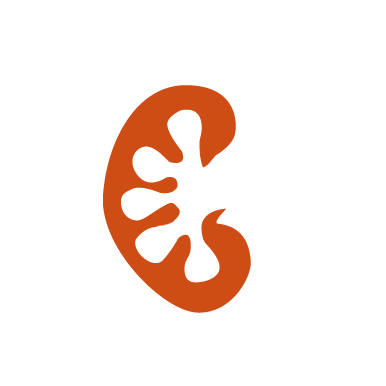
Polycystic Kidney (ADPKD)
The polycystic kidney or polycystic kidney disease is a progressive genetic disease that is identified by the appearance of cysts in the kidney or in both kidneys and that may also affect the liver, pancreas, and, sometimes, the heart and brain.
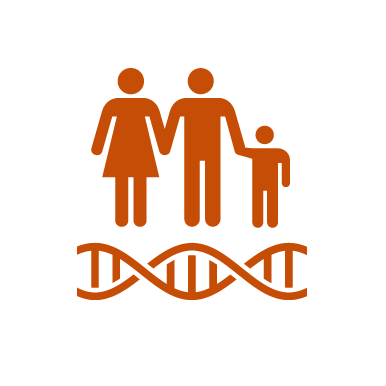
Family history
People with a family member who has suffered a cerebral aneurysm are more likely to develop it than people with no family history.

Fibrous Dysplasia
Fibrous dysplasia is a disorder that affects the bones. It is a pathology defined as the replacement of normal bone with a mixture of immature fibrous tissue and immature bone fragments. The cervical spine and skull are two of the most common areas affected by monostotic fibrous dysplasia.

Aortic Coarctation
Aortic coarctation is a congenital disease that causes narrowing of part of the aorta. This pathology is associated with other birth defects such as facial hypertrophy and renal artery stenosis and global angiologic insufficiency.

Marfan Syndrome
Marfan disease or syndrome, is a disorder of genetic origin, which affects the connective tissue and which tends to cause alterations to the eyes, skeleton, heart and blood vessels.
Symptoms

Intense Headache
Vomiting
Neurological deficit
Diagnosis
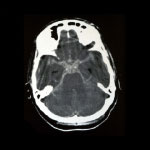
Cranial MRI plus NMR or CT angiography
They are non-invasive tests, which allow us to detect if there are aneurysms or not.
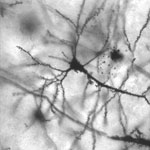
Cerebral arteriogram
An invasive test that is performed by puncturing the femoral artery and by injecting contrast allows the evaluation of state of the cerebral arteries and the morphology of the aneurysm.
Treatment
Cerebral aneurysm treatment must be performed in centres where there are experienced professionals with multidisciplinary teams. This is performed by cerebral microsurgery or sometimes by embolisation (on the inside of the artery) depending on the characteristics of the aneurysm, as well as the age and the neurological condition of the patient.
Due to the risk of a haemorrhage, early treatment is recommended. Once the aneurysm has ruptured there is a considerable increase in risk during treatment and of permanent neurological consequences.
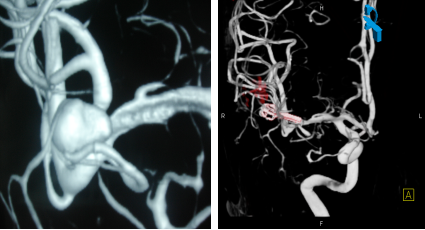
Aneurysm before and after surgical treatment.
Blogs barnaclínic+

El Clínic recibe los diplomas para sus servicios con mejor reputación de España
Desde hace nueve años, Merco elabora el Monitor de Reputación Sanitaria (MRS), un estudio independiente que analiza la reputación de toda la sanidad española. En esta clasificación, el Clínic de Barcelona es uno de los centros más destacados, logrando ser los últimos años el segundo hospital con mejor reputación de España. El pasado 6 de […]

Un estudio demuestra la utilidad de la estimulación cerebral profunda para el tratamiento de la esquizofrenia y el trastorno bipolar
Un artículo que ha sido publicado recientemente en el Journal of Psychiatry and Mental Health,[1] en el cual han participado diversos profesionales de barnaclínic+, ha demostrado que la estimulación cerebral profunda, un procedimiento quirúrgico que implica la colocación de un dispositivo llamado neuroestimulador que envía impulsos eléctricos a zonas específicas del cerebro, puede ser una […]

El quirófano de neurocirugía incorpora un nuevo equipo de angiografía/ TAC
El quirófano integrado de neurocirugía ha sido renovado recientemente para continuar ofreciendo la última y mejor tecnología en imagen intraoperatoria. En este caso, se ha incorporado a las instalaciones un equipo de angiografía /tomografía computarizada (TC), una nueva herramienta que permite seguir mejorando tanto la seguridad del paciente como la eficiencia de las intervenciones y que […]
